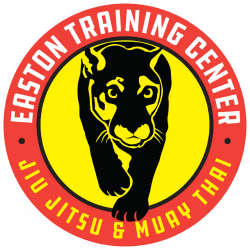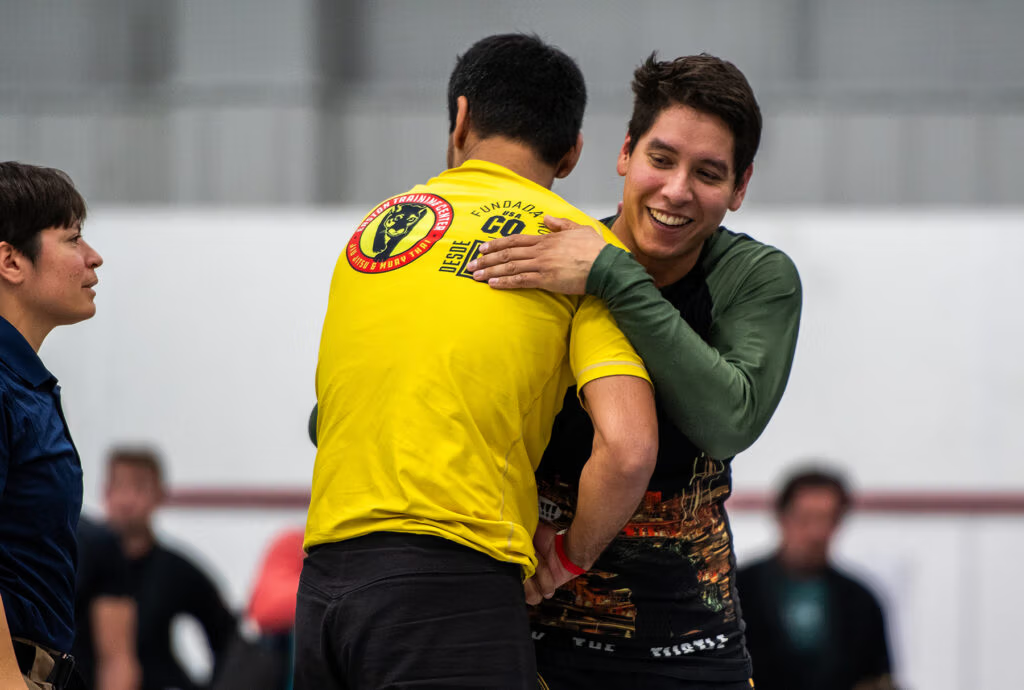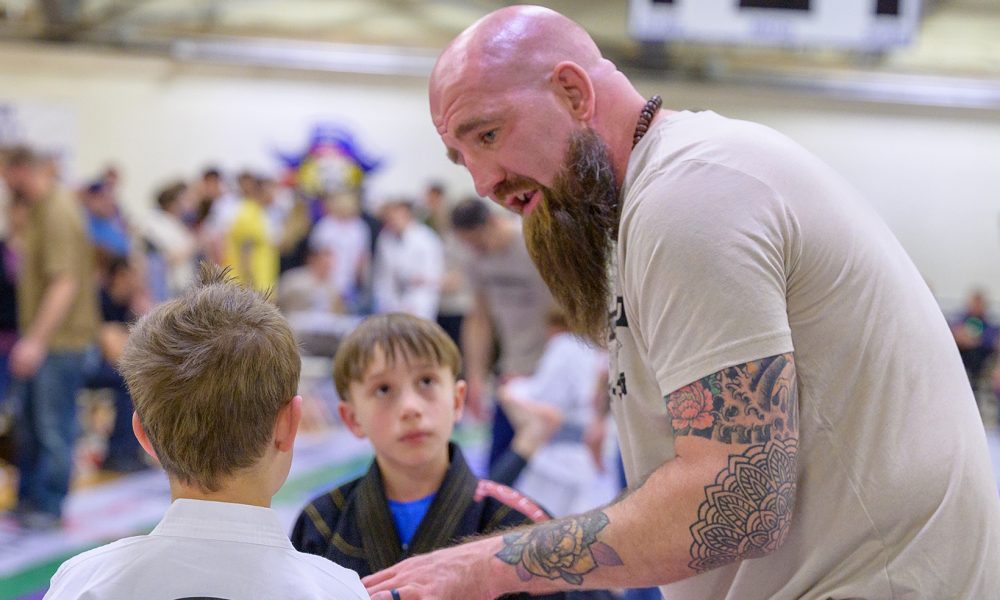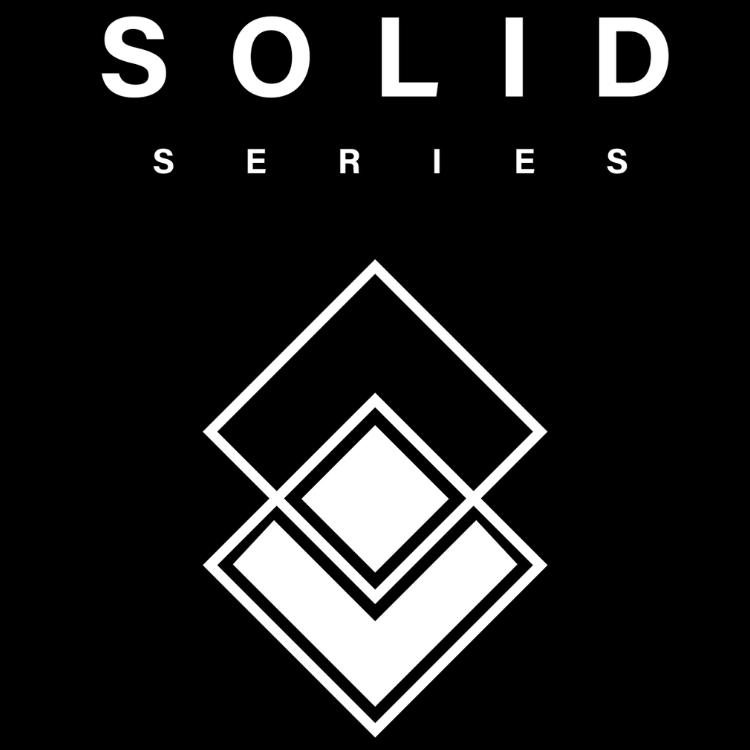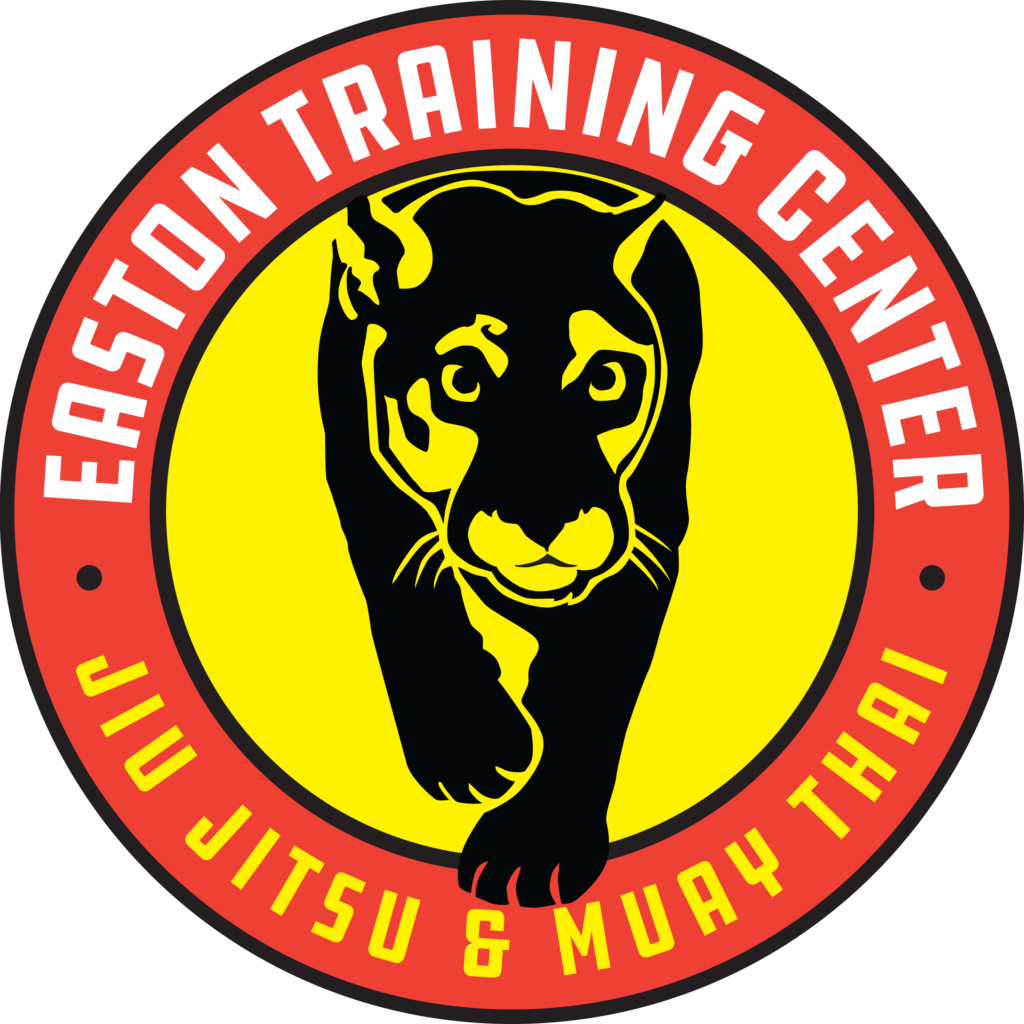It’s no secret that Easton students love to train. With so many students who participate across multiple programs — from Jiu Jitsu to Kickboxing, Muay Thai and MMA — our academy stays active.
Our training regiments become highly important, but what’s equally important: how we recover.
For a lot of people, recovery often gets overlooked or deprioritized. However, rest days, stretching and mobility are essential components of our recovery and help prevent injuries that result from overtraining.
Here are four stretches to try on your next rest day:
Between training and sitting in school or work, our hips can get tight quickly. The couch stretch is an effective hip opener that relieves tightness and improves mobility in your back, core, and hips. Ideally you’d do this a few times a week, but even just doing this once a week can have a positive impact on muscle recovery and mobility.
To perform the couch stretch, find a pillow or fold up a yoga mat and your nearest couch or wall:
- Bend your left knee and place your shin along the back cushion of a couch (or a wall) with your toes pointed upward. Place the pillow or yoga mat underneath your knee to keep yourself comfortable.
- Keep your left thigh in line with your body.
- Place your right foot in front, aligning your knee above your ankle.
- Elongate your spine and engage your core and glutes.
- Keep your hips square.
- Hold for 45 – 90 seconds.
- Repeat on the opposite side.
Pigeon pose is a great way to open up your hips and glutes by stretching your thighs, groin, back, piriformis, and psoas. With how much our legs work during striking or jiu jitsu, it’s important to spend time stretching the hips to prevent lower back pain. To perform pigeon pose, start in all fours on a yoga mat or carpeted area in your home:
- From all fours, bring your right knee forward towards your right wrist. Depending on your body, it may be just behind your wrist or to the outer or the inner edge of it.
- Experiment with what feels right for you, giving you a stretch on your outer hip without any discomfort in your knee.
- Your right ankle will be somewhere in front of your left hip. Be sure to flex your foot, driving through your heel to prevent any knee pain.
- Slide your left leg back and point your toes, your heel is pointing up to the ceiling.
- Scissor your hips together, by drawing your legs in towards each other. Use some support under your right buttock if needed, to keep your hips level.
- As you inhale, come onto your fingertips, lengthen your spine, draw your navel in and open your chest.
- As you exhale, walk your hands forward and lower your upper body towards the floor. You can rest your forearms and forehead on the mat.
- Stay for 5 breaths or longer.
- On each exhalation, try to release the tension in your right hip.
- To come out of the pose, push back through the hands, lift your hips and move your leg back into all fours. Repeat on the other side.
This video walks you through any modifications you might want to add to make this pose more accessible if your hips and legs are tight.
Thoracic extension + foam roller
Our thoracic spine mobility is often overlooked, but it plays a big part in our ability to twist, reach, strike and more.
A great way to work on stretching your t-spine out and improving its mobility is with a foam roller. To perform this stretch, grab your foam roller and start in a lying position on your back, over your foam roller. Be sure to have the foam roller around the mid to upper point of your ribcage on your back rather than under your low back.
- Place your hands behind your neck for support
- Raise your rear end off the ground and begin rolling your upper back up and down your foam roller. This will help you identify any stiff or tender areas that may benefit from foam rolling to release the muscle fibers. Once you’ve identified that area, drop your rear end to the ground again.
- The extension part of this activity begins when you start to lift your elbows towards the ceiling in small movements. Repeat like you are nodding your head yes with your hands still behind your back and your elbows pointing to the ceiling. Be mindful not to overextend your lower back during this.
Another great stretch for your upper body, particularly your shoulders, chest, upper back and arms, is Threading the Needle. This stretch releases tension commonly held in the upper back and between shoulder blades. To try this stretch, grab your yoga mat and start on your hands and knees, or “Tabletop.”
- Place your wrists directly under your shoulders and your knees directly under your hips. Point your fingertips to the top of your mat. Place your shins and knees hip-width apart. Center your head in a neutral position and soften your gaze downward.
- Slide your right arm underneath your left arm with your palm facing up. Let your right shoulder come all the way down to the mat. Rest your right ear and cheek on the mat, then gaze toward your left.
- Keep your left elbow lifting and your hips raised. Do not press your weight onto your head; instead, adjust your position so you do not strain your neck or shoulder.
- Let your upper back broaden. Soften and relax your lower back. Allow all of the tension in your shoulders, arms, and neck to drain away.
- Hold for up to one minute. To release, press through your left hand and gently slide your right hand out. Return to Table Pose. Then repeat the pose on the opposite side for the same length of time.
Let us know in the comments how these stretches helped you recover!
Stretching for Recovery, Performance and Injury Prevention

